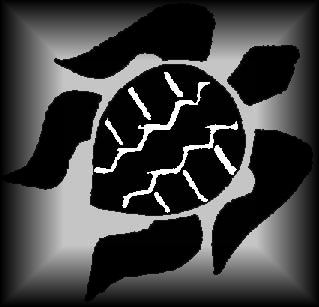
The Kefalonian Marine Turtle Project
 |
The Kefalonian Marine Turtle Project |
This page outlines the project's history and location, and briefly covers the biology and ecology of sea turtles.
A Brief History of the Project
The Ionian sea stretches from the African coast of Libya and Tunisia to southern Italy and Greece, covering an area of over 616,000 square kilometres and reaching a depth of 5093 metres. The Ionian islands (also known as Eptanisos), lie in the Ionian sea to the west of mainland Greece. Kefalonia is the largest of these islands, approximately 781 square kilometres in area and having a coastline of 254 kilometres (Fig. 1.). It is often described as the most green of the Ionian islands owing to its fir covered mountain, Ainos (1620 metres high), and many groves throughout the island full of olive trees, lemon orchards and grapevines. The south facing coast is dominated by sandy beaches, as compared to the more rocky substrate accompanying lush vegetation of the northern region.
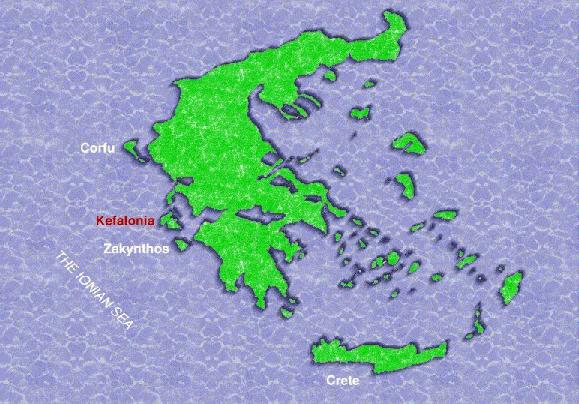
Figure 1. Map of Greece showing position of Kefalonia.
A BRIEF HISTORY OF THE PROJECT
The fact that turtles have nested on Kefalonia has been known to the local communities since the island was first inhabited. However, it was not until 1984 that a scientific research programme was permanently established to monitor the population of loggerhead turtles (Caretta caretta) associated with the island. This was known as the Marine Turtle Research Programme (MTRP). This project terminated in 1995, thereafter a new organisation, the Kefalonian Marine Turtle Project (KMTP) was formed under the supervision of a team of marine scientists. In 1997 the KMTP was granted a British charity status and in 1998 formed links with the University of Wales, Swansea (UK) and MEDASSET.
The main nesting area studied on Kefalonia is Mounda Beach (Fig. 2), a 2.8 km long beach situated on the south-eastern tip of the island (Fig.3). Most research by the MTRP and KMTP has concentrated on Mounda beach. The beach is composed of two sections; the western end is classified as 'Kaminia beach' and the eastern end as 'Potamakia beach' (however, 'Kaminia' and 'Potamakia' have, in the past, been used interchangeably).
Figure
2. Mounda beach, Kefalonia. (Photo: C. Morris, 1996)

Figure 3. Map outlining coastal areas of Kefalonia, where surveying showed turtle activity. Numbers indicate total number of emergences (number of nesting emergences). Taken from Houghton et al (1997).
Every year from May to October, up to 64 volunteers work with the project and stay at the project field station in Ano Katelios (Fig. 4), approximately 3km from Mounda beach. These volunteers are predominantly students and graduates of biology, or related subjects, and work closely alongside members of the local communities in various scientific and conservation programmes.
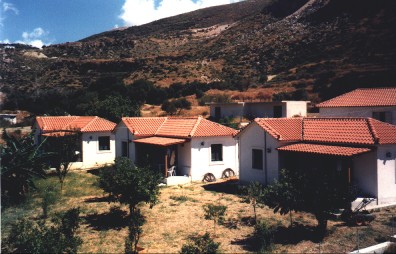
Figure 4. KMTP field centre (Photo: C. Morris, 1996).
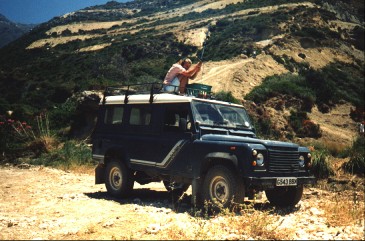
Figure 5. The KMTP Land Rover involved in the radio tracking of sea turtles.
Sea turtles were common, diverse and of world-wide distribution by the cretaceous period (Pritchard, 1979). At present, there are eight species throughout the world which are separated either geographically or locally by varying nesting and dietary preferences (Marquez, 1990). Seven species belong to the family Chelonidae characterised by the possession of a hard carapace, and a single species, the leatherback turtle (Dermochelys coriacea), belongs to the family Dermochelyidae, distinguished by its leathery, unscaled keeled carapace. All species of sea turtle are seriously threatened by the decline of their natural populations mainly through the impact of man at their nesting areas (Marquez, 1990) and are thus protected by international and European law.
Three species are found in the Mediterranean; the leatherback (Dermochelys coriacea), loggerhead (Caretta caretta) and the green turtle (Chelonia mydas) (Groombridge, 1990). Only the loggerhead and the green turtle nest in the Mediterranean. Green turtle nesting in the Mediterranean is more restricted than that of the loggerheads whose nesting range is thought to be widespread (Laurent et al., 1995; Groombridge, 1990).
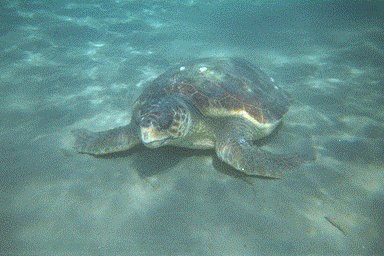
Figure 6. Loggerhead turtle - Zakynthos, Greece (Photo. JA Scott ).
The loggerhead turtle
- Caretta caretta
The Loggerhead turtle is a circumglobal species, nesting in tropical
and sub-tropical regions and is reported to be the only species to nest successfully
outside the tropics (summer surface temperatures must be over 20 degrees C)
(Marquez, 1990). The loggerhead can reach 109cm in length and weigh over 106kg
(Marquez, 1990). It can be distinguished from other turtles by its proportionately
large head, somewhat elongated red-brown carapace, and five pairs of lateral
scutes. The head houses bulky jaw muscles, giving the loggerhead the incredibly
powerful bite required to tackle its favoured and varied diet of benthic invertebrates,
particularly molluscs and crustaceans, as well as sponges and jellyfish.
The population of adult breeding loggerheads in the Mediterranean has been estimated at between 2000 and 4000 (Groombridge 1990), with around 300-700 females nesting on the Ionian island of Zakynthos. Zakynthos was previously thought to be the main rookery for loggerheads in the Mediterranean. Recent evidence suggests that the coast of Libya has an estimated 9000 annual loggerhead nestings, corresponding to 60% of the loggerhead nesting activity in the sea (Laurent et al., 1995). However, the current status of nesting activity in the Mediterranean still remains questionable.
When compared to other rookeries around the Mediterranean, the population of sea turtles associated with Kefalonia is modest ( approx. 145 females). However, the 15 year data set, combined with a number of unusual biological characteristics make the site important as it may help to increase our knowledge of Mediterranean loggerheads as a whole. Click on the Research icon for further information about Kefalonia's turtles.
If readers of this page wish to contact the KMTP, they can do so via
or
T. B. Stringell tstringell@hotmail.com